The allure of lunar-inspired jewelry has taken a revolutionary turn with the advent of simulated lunar regolith sintering. This cutting-edge technique allows artisans to create exquisite pieces that mimic the appearance and texture of genuine moon rocks, offering a celestial aesthetic without the astronomical price tag or ethical concerns associated with extraterrestrial material extraction.
Scientists and jewelers have collaborated to develop a proprietary sintering process that transforms terrestrial minerals into convincing lunar replicas. By carefully selecting Earth-based compounds with similar chemical compositions to actual moon dust, researchers have achieved remarkable verisimilitude in both color and texture. The resulting material possesses that distinctive grayish-white hue and slightly porous surface characteristic of authentic lunar specimens.
The sintering technique involves compacting and heating the mineral mixture below its melting point, causing particles to bond through atomic diffusion. This process creates durable yet lightweight jewelry components that capture the essence of lunar geology. Artisans then incorporate these sintered elements into various jewelry forms - from pendants that resemble tiny moon fragments to rings featuring crater-like textures.
What makes these creations particularly fascinating is their scientific accuracy. The simulated regolith contains plagioclase, pyroxene, and olivine minerals in proportions matching analyses of Apollo mission samples. Some manufacturers even incorporate tiny glass beads to replicate the impact-generated agglutinates found in genuine lunar soil. This attention to detail satisfies both jewelry enthusiasts and space aficionados seeking authentic-looking pieces.
The environmental benefits of this innovation deserve particular attention. Unlike traditional mining operations, producing simulated lunar material requires minimal ecological disruption. The base minerals are abundantly available as byproducts from existing industrial processes, making this a remarkably sustainable approach to jewelry production. Furthermore, the energy-efficient sintering method generates significantly lower carbon emissions compared to conventional metal smelting techniques.
Designers have embraced the material's unique properties to create avant-garde collections. Some pieces feature rough, unpolished sintered elements that highlight the moon's natural ruggedness, while others combine the material with precious metals for contrasting elegance. The matte finish of the simulated regolith provides an intriguing counterpoint to traditional gemstones, allowing for striking visual compositions that evoke the mystery of space.
Market response has been overwhelmingly positive, with particular interest from the scientific community and space enthusiasts. Many customers appreciate owning jewelry that tells a story about lunar geology and space exploration, even if the material isn't genuinely extraterrestrial. Educational institutions have also shown interest, purchasing these pieces as teaching tools to demonstrate lunar composition in planetary science courses.
Technological advancements continue to refine the simulation process. Recent developments include creating color variations that mimic different lunar regions - from the darker mare basalts to the lighter highland areas. Some manufacturers are experimenting with incorporating tiny metallic particles to reproduce the nanophase iron found in actual moon dust, which gives genuine lunar material its distinctive optical properties.
The pricing structure makes these celestial-inspired pieces accessible to a broad market. While significantly more affordable than jewelry containing actual lunar meteorites, the sintered regolith pieces still command premium pricing due to their specialized manufacturing process and unique aesthetic. This positions them as attractive options for consumers seeking distinctive jewelry with scientific appeal but at more approachable price points.
Looking ahead, the potential applications extend beyond personal adornment. Architects have expressed interest in using larger sintered regolith panels for space-themed interior designs, while product designers envision household items featuring the lunar-inspired material. The technology might even prove valuable for actual space missions, providing practice material for testing lunar construction techniques before attempting them with genuine moon dust.
This innovative jewelry category represents a fascinating convergence of science, sustainability, and design. By bringing lunar geology to Earth in an ethical, accessible format, these sintered creations satisfy our enduring fascination with the moon while pointing toward more responsible approaches to material innovation in the jewelry industry. As the technology evolves, we can expect even more sophisticated simulations that further blur the line between terrestrial craftsmanship and extraterrestrial inspiration.

By /Jul 15, 2025

By /Jul 15, 2025

By /Jul 15, 2025

By /Jul 15, 2025
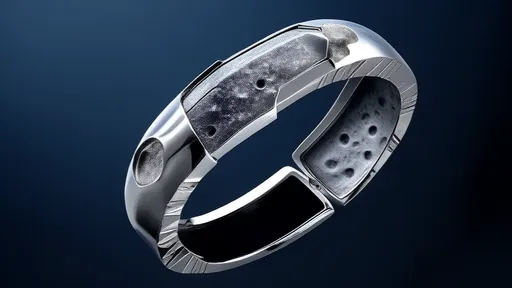
By /Jul 15, 2025

By /Jul 15, 2025
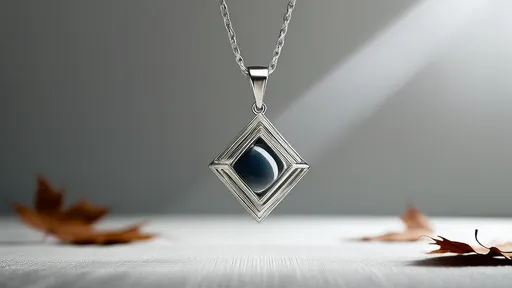
By /Jul 15, 2025

By /Jul 15, 2025
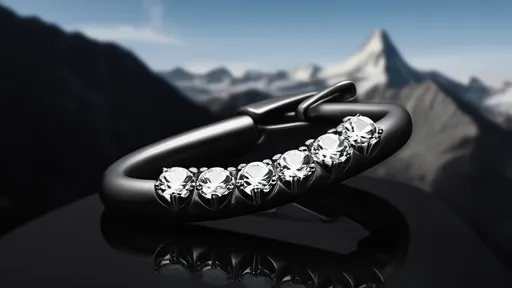
By /Jul 15, 2025

By /Jul 15, 2025
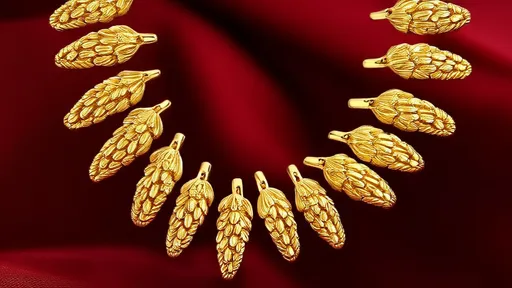
By /Jul 15, 2025
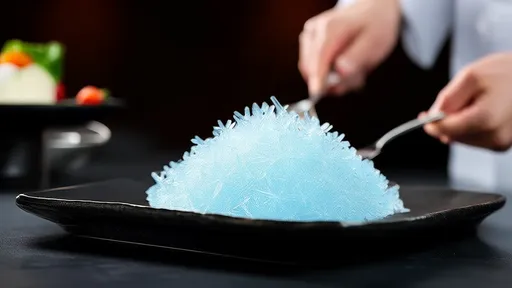
By /Jul 15, 2025

By /Jul 15, 2025
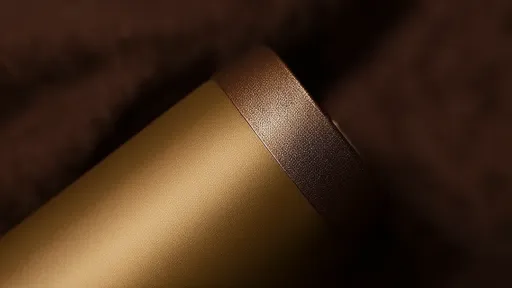
By /Jul 15, 2025
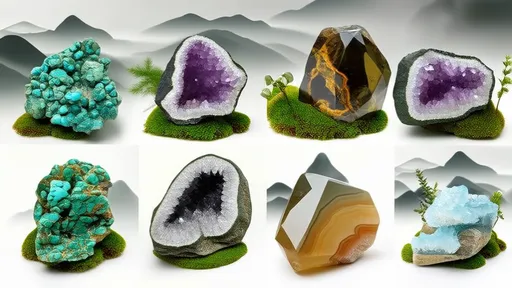
By /Jul 15, 2025

By /Jul 15, 2025

By /Jul 15, 2025

By /Jul 15, 2025